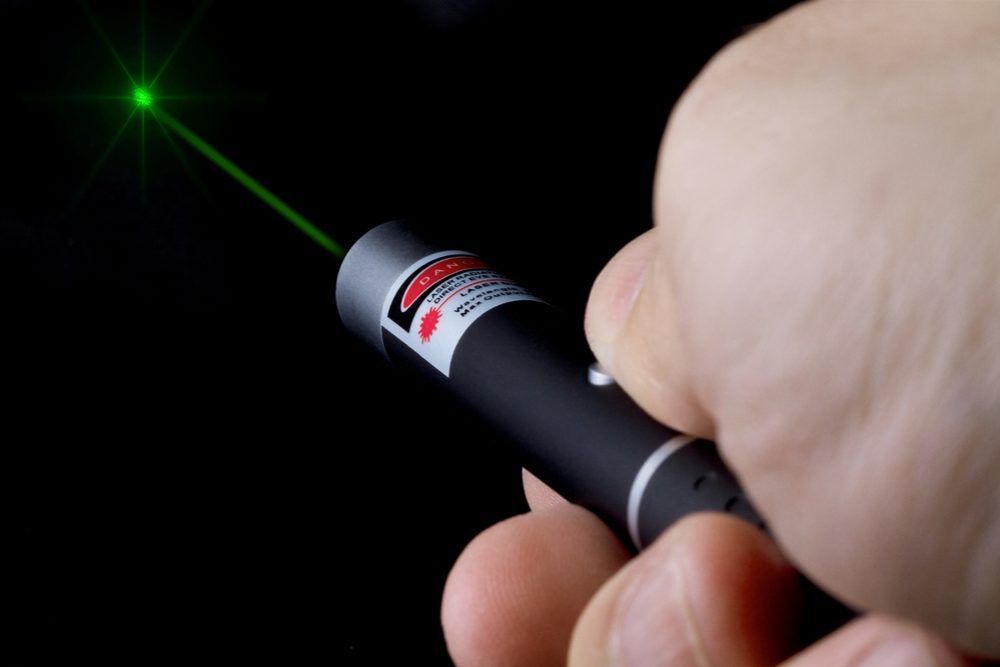FDA Issues Guidance on Minimizing Risks from Children’s Laser Toys

Federal health regulators have issued new guidelines for laser toys, particularly those sold for children, laying out suggested limits on strengths and methods of reducing the risk of eye injury.
The FDA issued a final guidance (PDF) for minimizing the risk for children’s toy laser products on December 19, which applies only to laser toys made for entertainment purposes and sold primarily to children under 14.
“Due to the nature of children’s toy laser products, the dangers of these products may not be evident to children or the adults supervising them,” the guidance warns. “Retinal injuries caused by laser light may go unnoticed and unreported in part because the retinal injuries may not be evident. Lasers can also cause skin burns.”

Did You Know?
Millions of Philips CPAP Machines Recalled
Philips DreamStation, CPAP and BiPAP machines sold in recent years may pose a risk of cancer, lung damage and other injuries.
Learn MoreThe FDA includes laser sights for toy guns, spinning tops that shoot out lasers as they spin, toy light sabers, dancing lasers projected from a box or column, and lasers use to create optical effects in an open room. The guidance does not apply for professional or academic laser use, or lasers used in adult products, even if they are used by children. Examples include CD players and laser printers.
In essence, the guidance calls for toy lasers to follow the limits and conditions set for lasers defined as Class 1 under the International Electrotechnical Commission (IEC). The FDA guidance notes that manufacturers of toys may not think they have to comply with current IEC Class 1 standards, which sets power limits and otherwise minimizes risks to users.
The guidance calls for manufacturers of children’s laser toys to have them IEC Class 1 certified and to have the toy labeled as such.
The guidance is not a federal regulation, meaning manufacturers are not required to follow the guidance to the letter. However, the guidance does set expected manufacturing and marketing procedures that the company’s are expected to follow closely. Failure to do so means that in the case of a lawsuit, it could be shown that the company knew how to avoid injury or liability, but failed to adhere to commonly accepted safety practices.
Get more articles like this sent directly to your inbox.
"*" indicates required fields





0 Comments